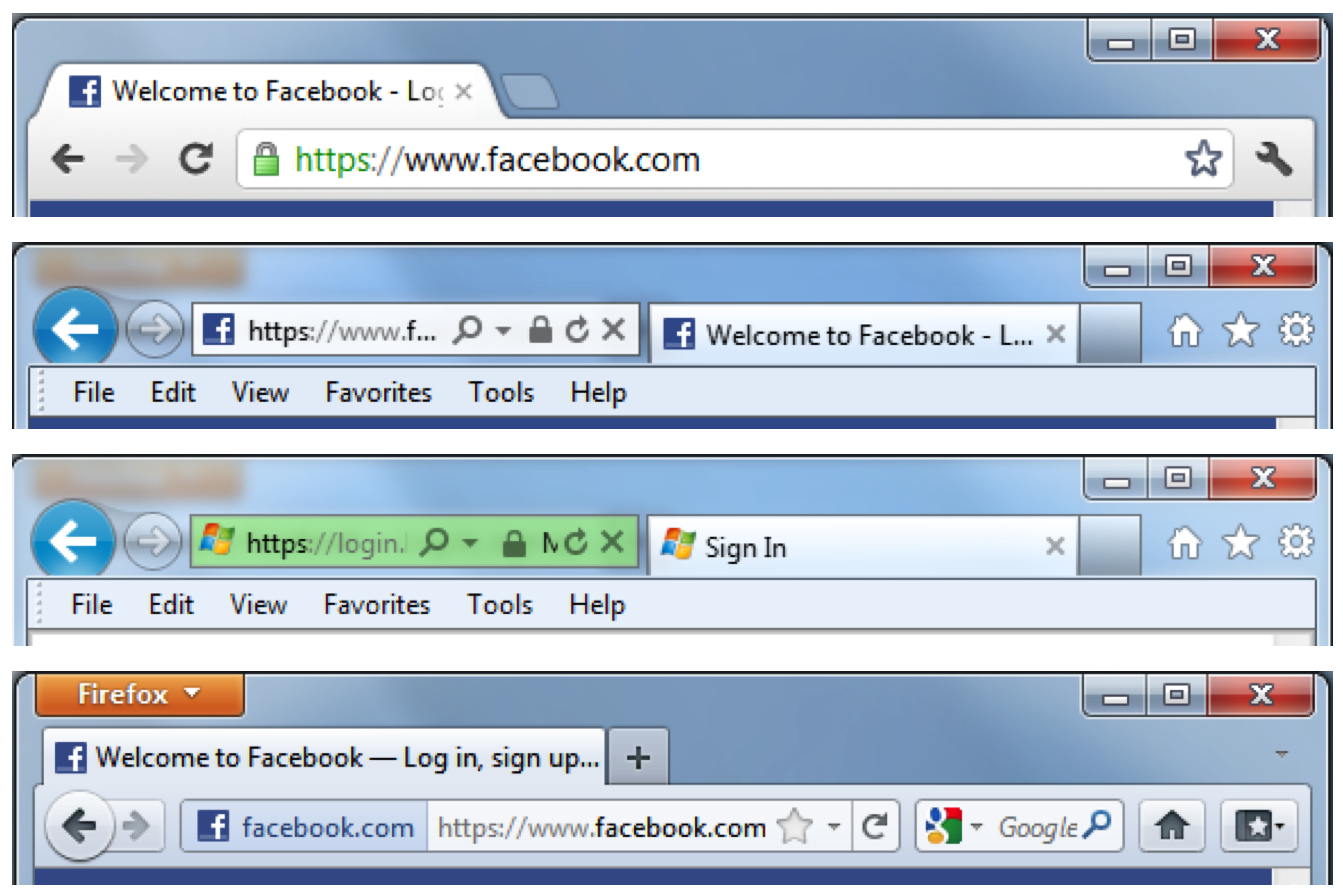
Douglas Stebila
Comparative eye tracking of experts and novices in web single sign-on
Abstract
Security indicators in web browsers alert users to the presence of a secure connection between their computer and a web server; many studies have shown that such indicators are largely ignored by users in general. In other areas of computer security, research has shown that technical expertise can decrease user susceptibility to attacks.
In this work, we examine whether computer or security expertise affects use of web browser security indicators. Our study takes place in the context of web-based single sign-on, in which a user can use credentials from a single identity provider to login to many relying websites; single sign-on is a more complex, and hence more difficult, security task for users. In our study, we used eye trackers and surveyed participants to examine the cues individuals use and those they report using, respectively.
Our results show that users with security expertise are more likely to self-report looking at security indicators, and eye-tracking data shows they have longer gaze duration at security indicators than those without security expertise. However, computer expertise alone is not correlated with recorded use of security indicators. In survey questions, neither experts nor novices demonstrate a good understanding of the security consequences of web-based single sign-on.
Keywords: HTTPS, security indicators, single sign-on, web browsers, usability, eye-tracking, experts
Reference
Majid Arianezhad, L. Jean Camp, Timothy Kelley, Douglas Stebila. Comparative eye tracking of experts and novices in web single sign-on. In Proc. 3rd ACM Conference on Data and Application Security and Privacy (CODASPY) 2013, pp. 105-116. ACM, February 2013. © ACM.
